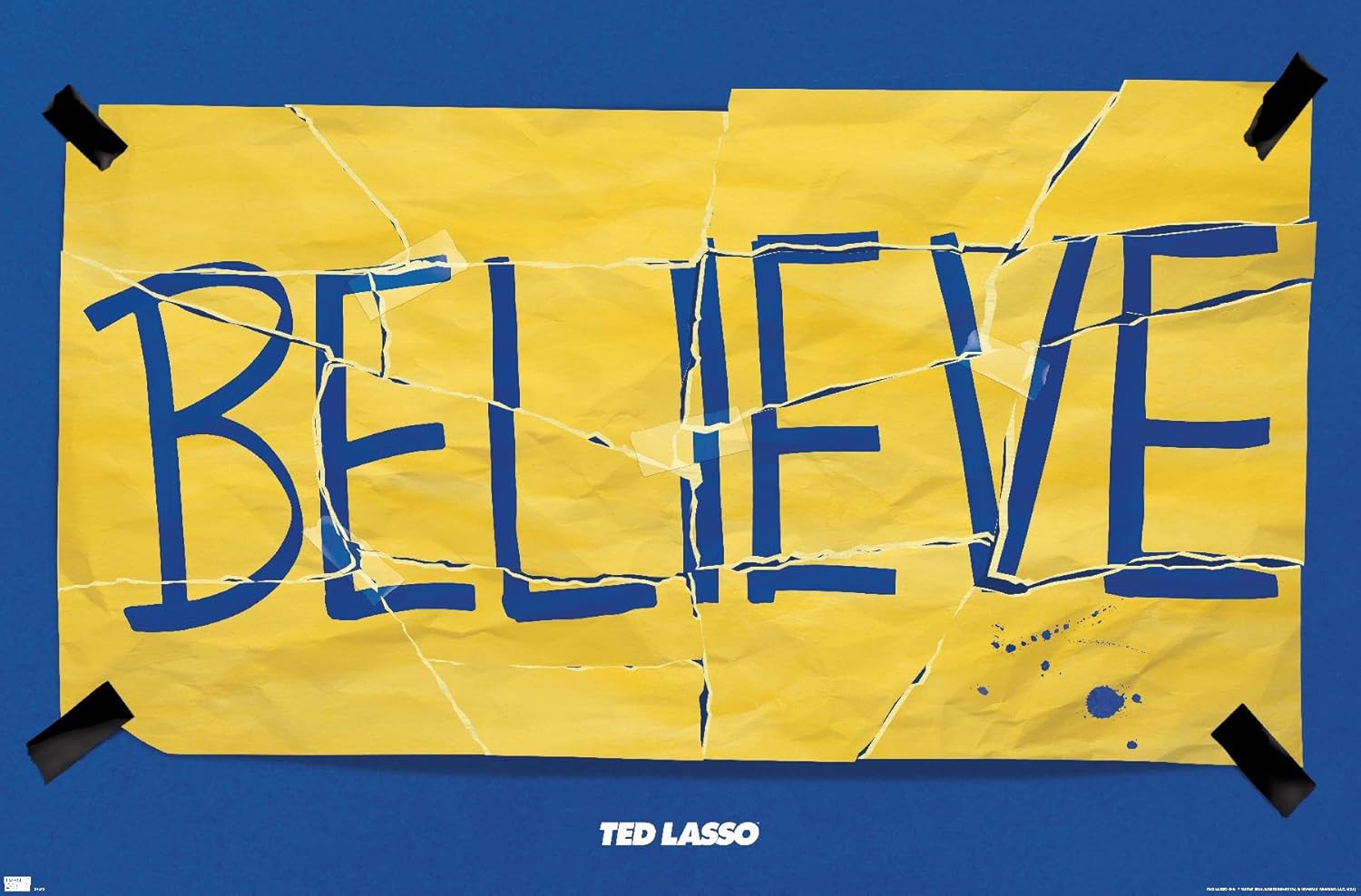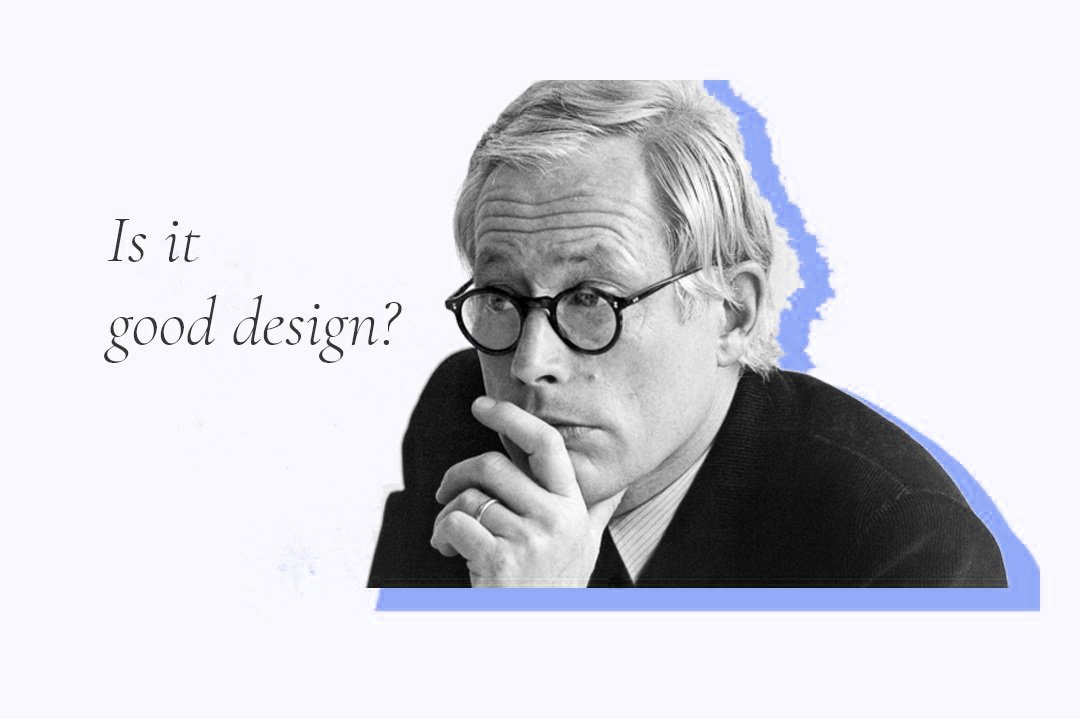Design is complex, evolving, and often misunderstood.
If you are here, it means design is interesting and important also for you! Perhaps you wish to understand what design is, or maybe get another perspective of it. You’re in the right place! I hope this short introduction will either be insightful or clarifying of what design can be and why I believe it’s a crucial tool for our common future.
This is my own interpretation of what design mean to me and why I believe it is so important today. Hopefully I’ll manage to convince you of its power too!
It’s definitely not a universal truth, but a way of looking at design that guides how I work, collaborate and contribute to innovation. It’s shaped by experience, curiosity, and a desire to create change that matters.
design is more than clichés
You might think of design as stylish furniture, a sleek car, or a logo critique on LinkedIn. Or you might think of Dieter Rams’ 10 principles of good design.
That’s definitely design, and in the case of Dieter Rams’ principles, quite well understandable and relatable personally.
But to me, there’s a whole other side to it that’s deeper, more useful, and far more powerful, especially in the context of innovation.
what is design, to me?
Design isn’t just what something looks like. It’s not an add-on or an adjective. It’s there from the start and shapes what we make, how we make it and why it even exists. It’s the root for both the tangible and intangible.
To me, design is a mindset.
To me, design is a creative way of thinking and acting, focused on improvement, impact, and empathy. It’s not about making things cool. It’s about making things better.

©amazon_believe_poster
Design is hopeful and intentional. It’s believing (yes, like in Ted Lasso) that things can improve, and then proactively working toward that better version for our society and our ecosystems. It’s a structured optimism rooted in the realities of people’s lives and the challenges they face, like the climate crisis, a strive for inclusivity or equality.
the design mindset
This mindset is built on five core principles that guide everything I do:
1
start with people (or other users)
expand
2
frame the right challenge
expand
3
foster collaboration
expand
4
stay curious not judgmental
expand
5
design for impact
expand
who is design for?
You know what’s the best part of the design mindset? It’s for everyone to adopt!
Design is not exclusive to designers. I would even say that design is by nature for everyone.
In fact, today there are a lot of tools available to learn how to adopt and apply the design mindset in your professional environment. This set of tools is often referred to as design thinking. Whether you're in business, tech, policy, or education, thinking like a designer can help you navigate uncertainty and innovate more responsibly.
yes, you still need designers
Design ≠ Designer
While design is a mindset, a designer is a professional who’ve developed the skills, experience, and craft to bring that mindset to life. A designer has honed tools, processes, and creative abilities that help bridge the gap between insight and action, hence participating in solving complex problems.
Designers don’t just think like designers, we do design. We create. We test. We iterate. We bring ideas into the world and make sure they actually work for real people. A designer makes sure solutions aren’t just ideas, but realities.
my approach to design
Over the years, I’ve shaped my own design process around six key competences. I’ve organized the projects I’ve been involved with according to these six competences. They go like this:

identify and answer (all) users’ needs
collapse


understand and create meaningful strategies
collapse

convey emotions through culture
collapse

from insight to implementation
collapse

communicate purpose and meaning
collapse

inspire and motivate
collapse
